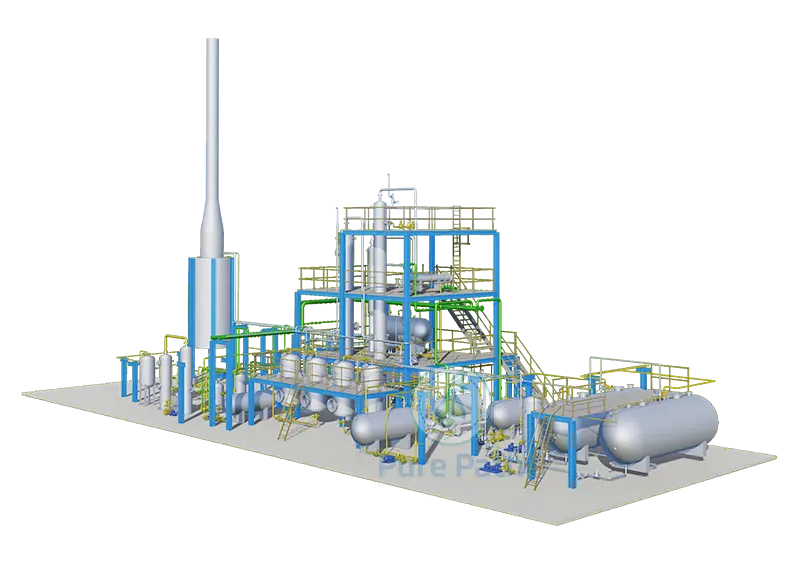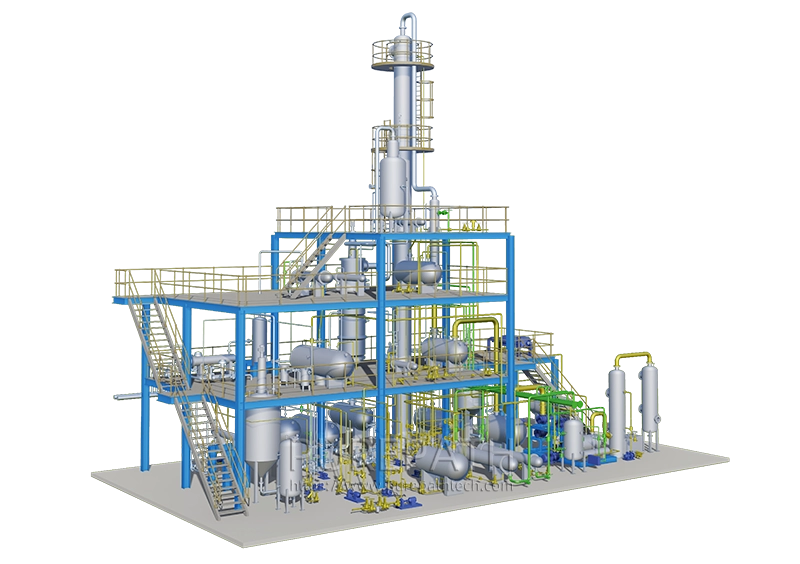How to Handle and Reduce Harmful Substances in Waste Oil Refining
Waste oil refining is an essential process in the management of used lubricating oils and other petroleum products that have reached the end of their usable life. It involves the extraction of valuable components from waste oil, transforming it into usable fuels or base oils while minimizing environmental impact. However, this process can generate various harmful substances that pose risks to human health and the environment. This article delves into the harmful substances produced during waste oil refining, their treatment, and innovative technologies that can help reduce their production.
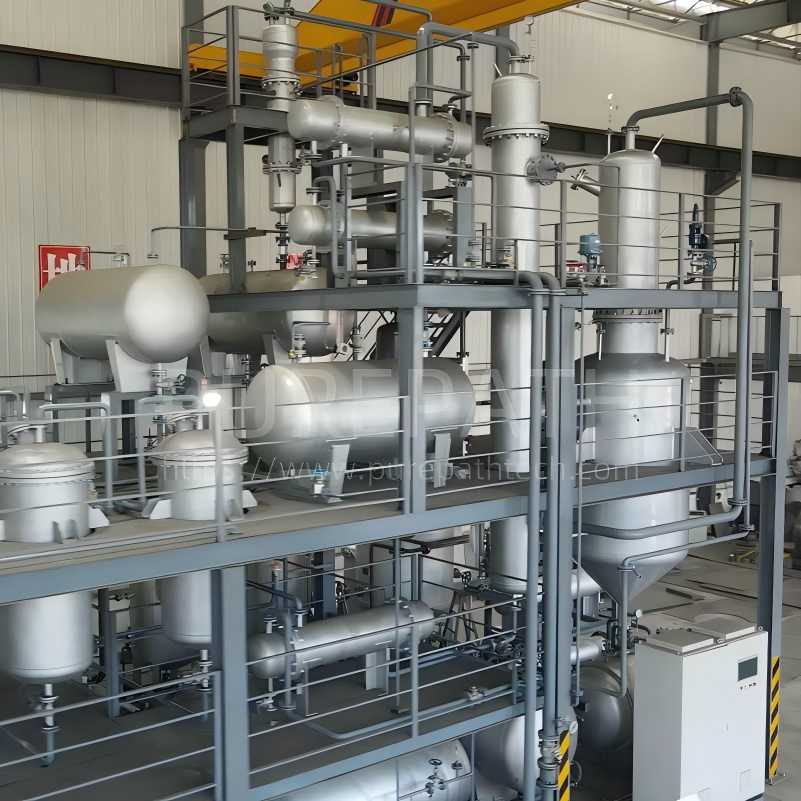
What is Waste Oil Refining?
Waste oil refining is carried out in waste oil refinery plants designed to recover valuable materials from used oils. These plants employ various physical and chemical processes to purify and restore the properties of waste oil. This not only conserves natural resources but also reduces the volume of waste sent to landfills. However, the refining process is not without its challenges, primarily due to the generation of hazardous substances.
Overview of Waste Oil Refining
The primary objective of waste oil refining is to recover valuable hydrocarbons while minimizing environmental pollution. Waste oil typically contains a mix of contaminants, including heavy metals, organics, and additives from the original oil formulation. The refining process usually involves steps such as distillation, filtration, and chemical treatment to separate these unwanted components.
Importance of Addressing Harmful Substances
Addressing harmful substances generated during waste oil refining is crucial for several reasons:
- Health Risks: Many harmful substances, such as heavy metals and PAHs, pose significant health risks, including:
- Respiratory issues
- Skin disorders
- Increased risk of cancer
- Environmental Protection: Harmful substances can lead to:
- Soil contamination
- Water pollution, compromising drinking water supplies
- Disruption of local ecosystems and wildlife
- Regulatory Compliance: As environmental regulations become stricter, waste oil refinery plants must:
- Meet compliance standards to operate legally
- Avoid penalties and potential shutdowns
- Public Trust: Properly managing harmful substances helps build:
- Community confidence in waste oil refining operations
- Positive relationships with regulatory bodies and stakeholders
- Sustainable Practices: Addressing these issues supports:
- The development of more sustainable refining processes
- The conservation of natural resources and reduction of waste generation
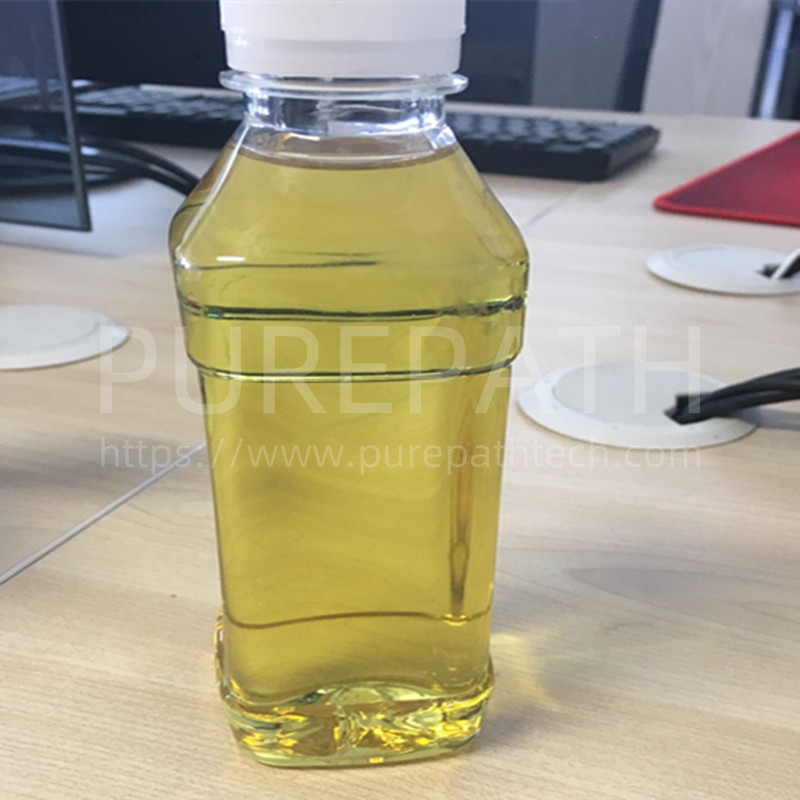
What Harmful Substances Are Produced During Waste Oil Refining?
Understanding the types of harmful substances generated during waste oil refining is essential for developing effective treatment and management strategies.
- Heavy Metals: Waste oil often contains trace amounts of heavy metals such as lead, cadmium, and chromium. These metals can leach into the environment, posing serious health risks to humans and wildlife.
- Polycyclic Aromatic Hydrocarbons (PAHs): PAHs are organic compounds that result from the incomplete combustion of organic matter. They are known to be carcinogenic and can accumulate in the environment, particularly in soil and sediment.
- Volatile Organic Compounds (VOCs): VOCs are a group of organic chemicals that can evaporate at room temperature. During the refining process, VOCs can be released into the atmosphere, contributing to air pollution and respiratory issues.
- Other Contaminants: Waste oil can also contain sulfur compounds and other organic contaminants that can harm the environment and public health.
How to Handle the Harmful Substances in Waste Oil Refining?
To mitigate the environmental and health risks associated with waste oil refining, various methods are employed to handle and treat the harmful substances generated. These methods can be broadly classified into:
- Physical methods: Filtration, sedimentation, and distillation are common physical methods used to separate harmful substances from waste oil. These methods can be effective for removing larger particles and certain types of contaminants, but may not be sufficient for complete removal.
- Chemical methods: Chemical processes such as neutralization, oxidation, and precipitation can be used to transform or remove harmful substances. For example, neutralization can be used to reduce the acidity of waste oil, while oxidation can break down organic compounds.
- Biological methods: Bioremediation involves the use of microorganisms to degrade harmful substances. This method can be effective for treating contaminated soil and water but may require specific conditions and time for optimal results.
While these methods have been used for many years, they often face challenges and limitations. Incomplete removal of contaminants, high costs, and the potential for secondary pollution are among the key issues. Additionally, the effectiveness of these methods can vary depending on the specific composition of the waste oil and the nature of the harmful substances present.
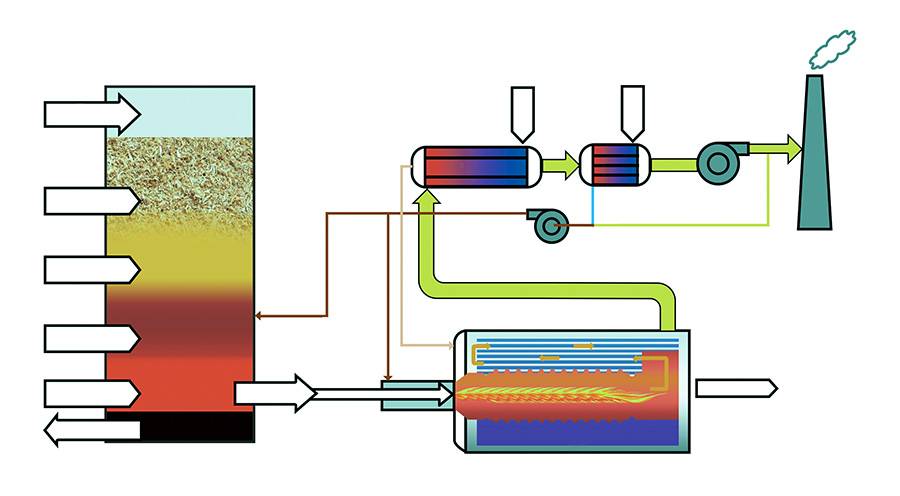
What New Technologies Can Reduce Harmful Substance Production?
In recent years, significant advancements have been made in the development of new technologies aimed at reducing the generation and release of harmful substances in waste oil refining. Some of the most promising technologies include:
- Advanced separation techniques: Membrane filtration, adsorption, and extraction are examples of advanced separation techniques that can be used to remove specific contaminants from waste oil. These technologies offer improved selectivity and efficiency compared to traditional methods.
- Catalytic processes: Catalytic hydroprocessing and catalytic oxidation are two catalytic processes that can be used to convert harmful substances into less harmful or harmless products. These processes can be highly effective in reducing the levels of heavy metals, PAHs, and other contaminants.
- Bioremediation: While traditional bioremediation methods have been used for decades, recent advances in biotechnology have led to the development of more efficient and effective microbial strains for degrading harmful substances.
- Combination of technologies: By combining different technologies, it is possible to achieve higher levels of contaminant removal and reduce the overall environmental impact of waste oil refining. For example, a combination of physical, chemical, and biological treatments may be used to address complex waste oil streams.
These emerging technologies offer the potential to significantly reduce the generation of harmful substances in waste oil refining. However, their implementation may require significant investments and careful consideration of factors such as cost-effectiveness, scalability, and regulatory compliance.
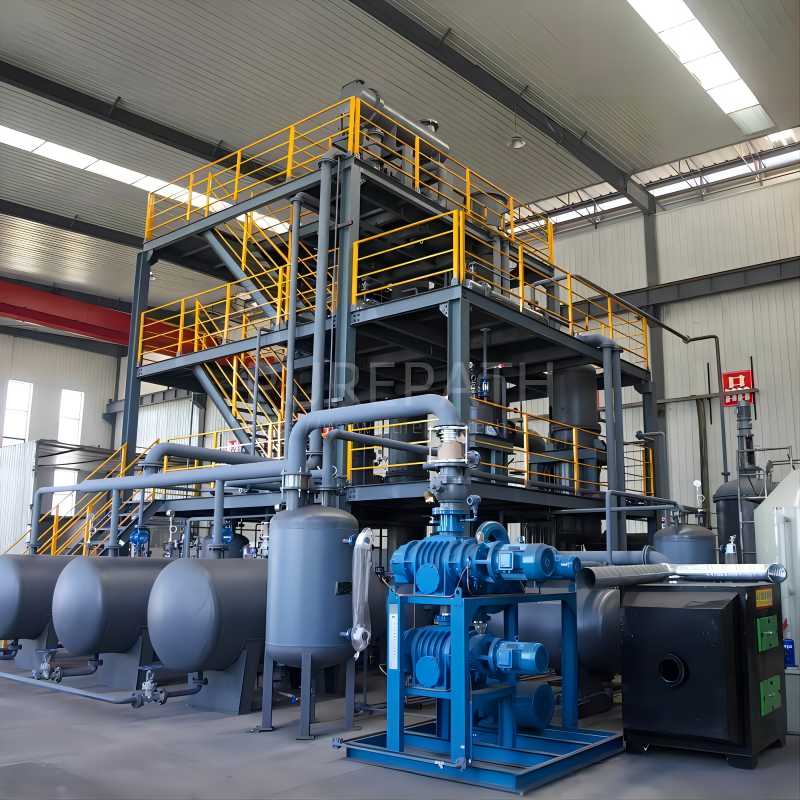
As mentioned above, waste oil refining presents a complex environmental challenge due to the generation of harmful substances. While existing methods for handling these substances have been used for many years, emerging technologies offer the potential to significantly reduce their generation and release. By implementing these technologies and strengthening regulatory frameworks, we can work towards a more sustainable and environmentally friendly waste oil management system.



